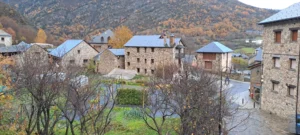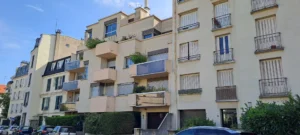In the field of Spanish urban planning law, two documents often cause confusion among property owners, developers, and purchasers: the Licencia de Ocupación (Occupation Licence) and the Cédula de Habitabilidad (Certificate of Habitability). Both are essential to establish that a dwelling is suitable for habitation, yet they are not the same, and their requirement depends on the Autonomous Community.
Below is an explanation of what each document entails, their differences, and which regions currently require them.
What is the Occupation Licence?
The Licencia de Ocupación (also referred to as the Licencia de Primera Ocupación or Licencia de Utilización) is the administrative authorisation that permits the use of a dwelling or building once construction has been completed.
It is granted by the local council (ayuntamiento) after verifying that the building has been executed in accordance with the approved project and complies with applicable urban planning, safety, and accessibility regulations.
In other words, the occupation licence legally enables the use of the property and is generally indispensable for contracting utilities, registering the dwelling, or commencing tourist or commercial activities. Contrary to common misconception, it is not the certificate of habitability that authorises occupation and use of the dwelling, but rather the occupation licence.
What is the Certificate of Habitability?
The Cédula de Habitabilidad is a technical and administrative document issued by the Autonomous Community (or, by delegation, the local council), certifying that a dwelling meets the minimum conditions of habitability and sanitation established by current regulations.
These conditions include, among others, the minimum usable surface area, ventilation, natural lighting, ceiling height, and compliance of electrical and water installations.
The certificate is required in order to:
- Sell or lease a dwelling.
- Contract basic utility services (water, electricity, gas).
- Renew its validity periodically (generally every 10 to 15 years, depending on the Autonomous Community).
In Spain, regulation of habitability and occupation falls within the competence of the Autonomous Communities; hence, each region applies its own specific legal framework.
Autonomous Communities requiring both the Occupation Licence and the Certificate of Habitability:
- Catalonia – Decree 141/2012 of 30 October.
- Balearic Islands – Decree 145/1997 and Decree 36/2014.
- Valencian Community – Decree 151/2009.
- Region of Murcia – Decree 29/2010.
- Navarre – Foral Decree 142/2004.
- La Rioja – Decree 29/2010.
- Cantabria – Decree 141/1991.
- Asturias – Decree 85/2018.
- Extremadura – Decree 75/2014.
These regions maintain a dual control system: one at the municipal level (urban planning) and another at the regional level (habitability).
Autonomous Communities where the Occupation Licence replaces the Certificate of Habitability:
- Andalusia – Law 7/2002 on Urban Planning of Andalusia.
- Aragon – Decree 1/2008.
- Castile and León – Law 5/1999 on Urban Planning.
- Castile-La Mancha – Decree 34/2011.
- Galicia – Law 1/2021 on Territorial Planning.
- Madrid – Law 9/2001 on Land Use.
- Basque Country – Law 2/2006 on Land and Urban Planning.
In these regions, the occupation licence serves both functions, meaning that only the municipal authorisation is required to prove that the dwelling may be lawfully inhabited.



